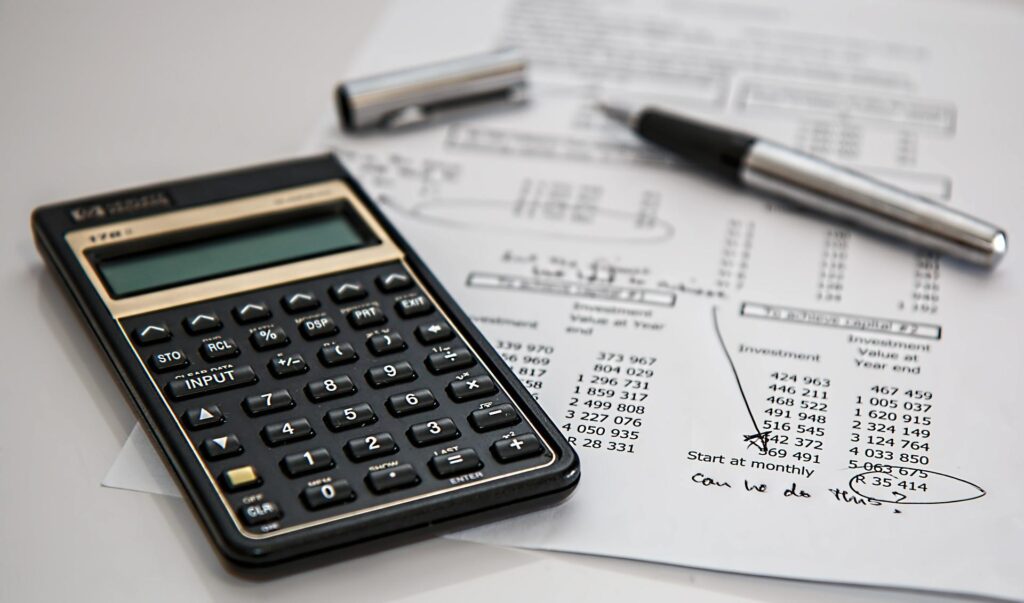Every EU-wide or international e-commerce seller will encounter the term Intrastat at some point. But what is Intrastat and how do you submit an Intrastat declaration?
Are you an online seller required to submit monthly Intrastat declarations and feeling a little lost? In this blog post we’ll explain what you need to know and the ins and outs of Intrastat reporting, declarations, VAT identification number and important changes to Intrastat reporting as of this year. Don’t freak out, we’re here to help.
What is Intrastat?
Intrastat, also known as intra-trade statistics, is an EU stats system implemented by the EU to collect data and information on intra-community trade in goods. It was essentially created to gather valuable data on trade exchanges between EU countries. So, companies are required to submit Intrastat declarations that cover their cross-border sales, which for many can be a bit of a headache to figure out.
To add onto this, thanks to the 2021 eCommerce VAT reform, new Intrastat reporting requirements have been established for all e-commerce merchants starting January 2022. So what does this mean for you?
Important changes to Intrastat declaration requirements in 2022
One of the main changes is you as an e-commerce seller must distinguish between your B2B sales and customer sales (B2C sales).
Another important amendement to the obligations for Intrastat reporting and declarations is that it’s now required to submit information on (1) the country of origin of goods and (2) the VAT identification number of the recipient, which used to be voluntary for declarants. The goal of this change to Intrastat reporting and declarations is to increase the quality of dispatch data. Now, this might sound relatively simple but there’s more to the VAT identification number in Intrastat than meets the eye…
VAT identification number in Intrastat
When filling in the field for your VAT identification number in Intrastat, it’s required to to this for both B2B sales and B2C sales, so which VAT ID number should be provided which case?
VAT identification number in Intrastat declarations: B2C sales & OSS
The Federal Statistical Office (FSO) provided a relatively vague guideline instructing sellers to use a fictitious number “QN99999999” when he recipient is a private customer (B2C), however, unfortunately this fictitious number isn’t always considered when selling to private customers so the FSO attempted to clarify this in their 2022 “Guide to Intra-Community Trade Statistics”. This new guideline by the FSO emphasises that the Intrastat ID number for B2C sales depends on the sellers’ One Stop Shop (OSS) registration and usage:
- If you, the seller, makes use of the OSS you can submit your Intrastat declaration by using the fictitious VAT identification number of “QN99999999” when denoting your B2C sales to private customers.
- If you, the seller, are not registered using the OSS scheme, you should not use this fictitious VAT identification number. In this case, you may using local registrations in the respective countries you sell in and you should submit your Intrastat declaration by using your local VAT identification number registered in that respective receiving country.
VAT ID number in Intrastat declarations: B2B sales & movement of goods
Some relieving news: for all your sales to companies (B2B sales) and movement of goods to warehouses in other countries you simply enter the VAT identification number of the recipient (for example your B2B company customer) in your Intrastat declaration.
Type of Transaction
Sorry to burst your bubble but it unfortunately doesn’t end with changes in Intrastat ID numbers in your Intrastat declaration. Another crucial change to keep in mind that went into effect in January regards the declaration field “Type of Transaction”. Unlike the two previous changes concerning the origin of goods and VAT ID which only affected the dispatch report, the changes to your Intrastat declaration in terms of the “Type of Transaction” have to be denoted in both the dispatch and arrival reports. Why is this a must for sellers to submit? It provides Intrastat with information on the reasoning of your cross-border sales and movement of goods.
Now that we know what Intrastat is, here’s how it works:

Who has to submit Intrastat declarations?
You have to submit an Intrastat declaration if you:
- are a registered entrepreneur in Germany
- move goods between Germany and other EU countries
- have a contract with a foreign contractual partner; both B2B and B2C
In each of the cases above the seller is liable to VAT concerning EU trade in goods, therefore you’re required to register for Intrastat and provide information on your sales and outgoing goods through Intrastat reporting and the Intrastat declaration.
When do you have to submit your Intrastat declaration?
Your Intrastat declaration should generally be submitted every month and no later than the 10th working day of the following month.
Where to submit your Intrastat declaration?
The EU country from which your goods are dispatched from is where your respective Intrastat declaration needs to be submitted as well as the EU country to which the goods are received in. In other words: both your dispatch and receipt of goods, both to and from each EU country needs to be on record.
Intrastat reporting requirements are different in each EU country and should you exceed any reporting thresholds in the EU
How to submit an Intrastat declaration?
The submissions of Intrastat declarations to the FSO is electronic, so; online. To submit your monthly Intrastat declaration, you’ll have to login to the respective online Intrastat platform (or look for Intrastat software suppliers to do this for you). The submission of your Intrastat declarations is always electronic (online) to the FSO. In order to login to do this, you’ll have to register for this.
…need help with your Intrastat reporting and declarations?
Our local Staxxers are here to help you make sense of all this Intrastat gibberish! Reach out for a free consultation and we’ll help you get your Intrastat reporting and declarations on the right track.
